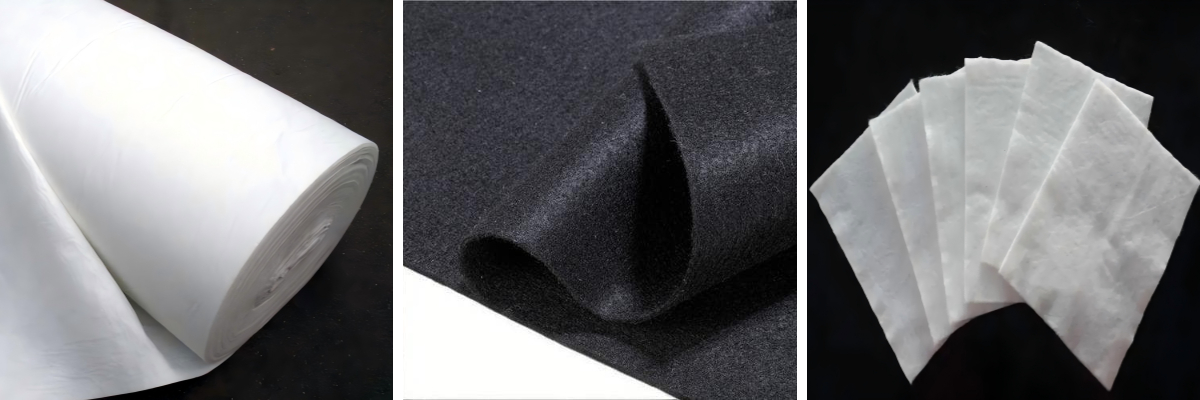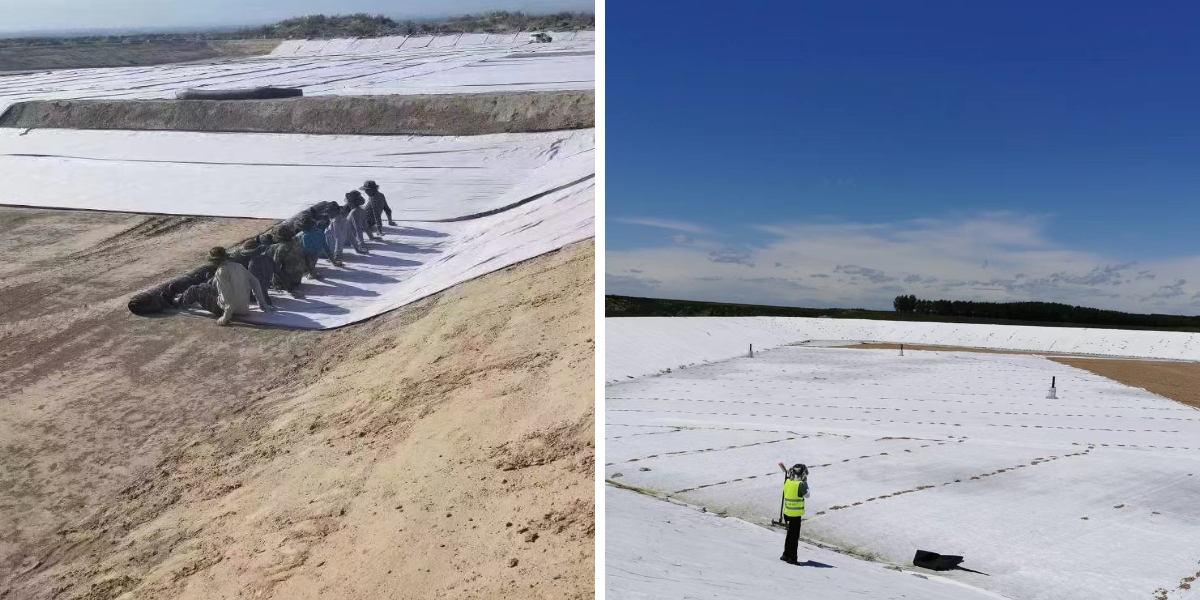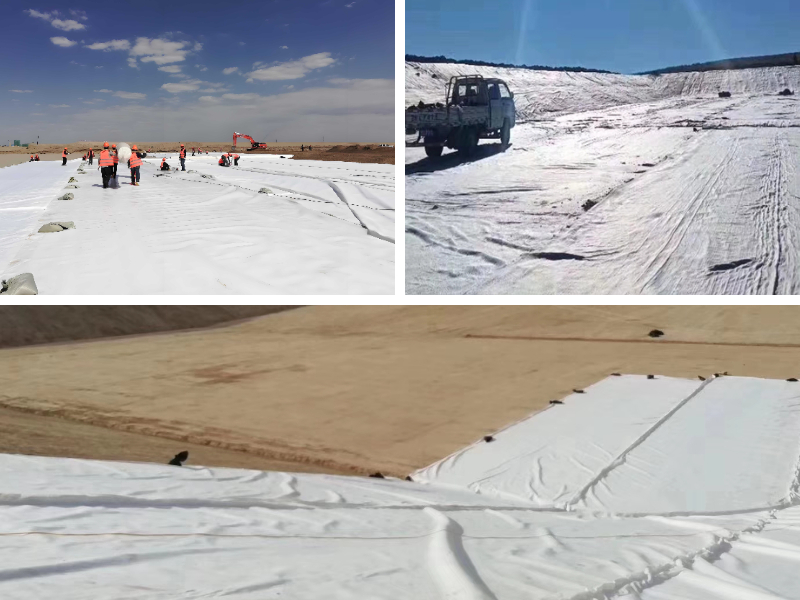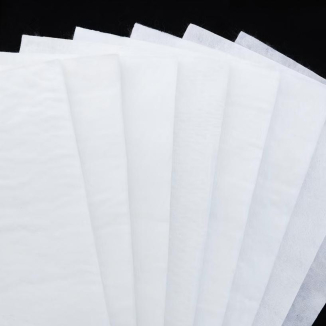Geotextile Cloth for Driveways: Preventing Ruts and Extending Lifespan
A well-maintained driveway is extra than simply a practical entryway—it’s a curb attraction booster and a long-term investment. Yet, driveways face steady put on from vehicles, weather, and soil movement, main to irritating problems like ruts, potholes, and uneven surfaces. The secret to a durable, rut-resistant driveway lies in applicable soil stabilization, and geotextile material is the unsung hero of this process. Specifically, non woven geo cloth acts as a barrier and reinforcement layer, stopping soil erosion, setting apart materials, and distributing weight evenly. This information explores how geotextile fabric transforms driveway performance, its key advantages for stopping ruts, set up exceptional practices, and why it’s a integral element of geotextile soil stabilization for driveways. By integrating this easy but tremendous material, you can lengthen your driveway’s lifespan and keep away from expensive repairs.
Why Driveways Fail: The Role of Soil Movement and Rutting
Most driveway injury stems from terrible soil stabilization. When motors force over a driveway, their weight compresses the underlying soil. Over time, this compression reasons the soil to shift, settle, or erode—creating voids that lead to ruts and potholes. Water exacerbates the problem: rainwater seeps into the soil, making it gentle and extra susceptible to compaction. Without a barrier, gravel or asphalt layers can combine with the soil, decreasing their structural integrity and accelerating wear.
Traditional driveway development regularly skips soil stabilization, relying completely on gravel or asphalt to face up to pressure. But this method is short-sighted. Gravel can sink into gentle soil, whilst asphalt cracks as the floor shifts. Geotextile material addresses these problems through appearing as a separation and reinforcement layer, stopping soil motion and distributing weight throughout a wider area. This is the core of geotextile soil stabilization—creating a steady base that helps the driveway floor for years.
Geotextile Cloth: The Foundation of a Rut-Resistant Driveway
Geotextile material is a artificial or herbal material engineered for civil engineering applications. For driveways, non woven geo material is the favored desire due to its excessive permeability, tensile strength, and capability to entice soil particles whilst permitting water to drain. Unlike woven geotextiles (which are better for heavy-load functions like highways), non woven editions are bendy and conform to uneven terrain, making them best for residential and mild business driveways.
The main roles of geotextile fabric in driveways are:
Separation: It prevents the driveway’s floor layer (gravel, asphalt, or concrete) from mixing with the underlying soil. This maintains the floor fabric from sinking into gentle soil and keeps its structural integrity.
Filtration: It lets in water to drain thru to the soil under however traps sediment, stopping clogging of the drainage system. This reduces waterlogging, which softens soil and leads to rutting.
Reinforcement: It distributes the weight of motors throughout a large area, lowering strain on the soil. This minimizes compaction and soil movement, stopping ruts from forming.
Key Benefits of Using Non Woven Geo Fabric for Driveways
Non woven geo cloth affords special blessings that make it fundamental for driveway building and repair:
1. Prevents Rutting and Uneven Settling
By reinforcing the soil and isolating the floor layer, non woven geo cloth stops the formation of ruts. When a car drives over the driveway, the cloth spreads the weight, so no single location of soil bears the full load. This prevents the soil from compacting erratically and growing low spots that flip into ruts. For gravel driveways, this is mainly critical—without the fabric, gravel particles sink into the soil, leaving gaps and uneven surfaces.
2. Improves Drainage and Reduces Water Damage
Non woven geo material is distinctly permeable, permitting rainwater to drain rapidly thru the driveway floor and into the soil. This prevents water from pooling on the driveway, which can erode asphalt or concrete and soften the underlying soil. Proper drainage additionally reduces the hazard of frost heave in bloodless climates—when water freezes and expands, it can crack driveway surfaces, however the fabric’s drainage functionality minimizes this by using preserving the soil quite dry.
3. Extends Driveway Lifespan and Reduces Maintenance
A driveway with geotextile fabric requires a long way much less protection than one without. The cloth protects the floor layer from soil mixing and erosion, so you won’t want to add new gravel or patch asphalt as frequently. This extends the driveway’s lifespan via 5–10 years or more, saving you cash on repairs and replacements. For homeowners, this skill fewer weekends spent fixing ruts and greater time playing a smooth, dependable driveway.
4. Cost-Effective and Easy to Install
Non woven geo cloth is low-cost and requires no specialised gear to install. It comes in giant rolls that can be reduce to healthy any driveway measurement or shape. Unlike highly-priced soil stabilization techniques (e.g., including lime or cement), the material is a one-time fee that promises long-term value. Even for DIY driveway projects, putting in geotextile fabric is straightforward, making it on hand to house owners and contractors alike.
Installation Guide: How to Use Geotextile Cloth for Driveways
Proper set up is key to maximizing the benefits of geotextile material for geotextile soil stabilization. Follow these steps for a profitable driveway project:
1. Prepare the Site
Clear the driveway region of grass, weeds, rocks, and debris. Grade the soil to create a mild slope (1–2% grade) for drainage—this ensures water flows away from your home. Compact the soil the usage of a plate compactor to create a association base. If the soil is very gentle or sandy, you may additionally want to add a layer of overwhelmed stone (4–6 inches) and compact it earlier than putting in the fabric.
2. Lay the Geotextile Cloth
Unroll the non woven geo cloth over the compacted soil, making sure it covers the complete driveway region plus 12–18 inches of overlap on all aspects (this prevents soil from seeping out from the edges). Cut the cloth to match the usage of a utility knife. Overlap adjoining rolls by using 6–12 inches and invulnerable the seams with geotextile tape to create a non-stop barrier. Anchor the cloth to the floor the usage of panorama staples (every 12–18 inches alongside the edges and seams) to stop transferring for the duration of floor fabric installation.
3. Add the Surface Layer
Once the geotextile material is in place, add your chosen floor material:
Gravel Driveways: Add 4–6 inches of compacted base gravel (e.g., #57 stone), accompanied by way of 2–3 inches of ornamental gravel. Compact every layer with a plate compactor to make certain stability.Asphalt Driveways: Install a 4–6 inch layer of beaten stone base over the fabric, compact it, then follow the asphalt in accordance to popular practices.Concrete Driveways: Place concrete varieties over the fabric, add reinforcement (rebar or wire mesh), and pour the concrete. The cloth prevents the concrete from bonding with the soil, lowering cracking as the floor shifts.
4. Maintain the Driveway
After installation, look into the driveway generally for signs and symptoms of injury (e.g., ruts, cracks). For gravel driveways, add a skinny layer of gravel yearly to substitute any that has worn away. For asphalt or concrete, sealcoat each 2–3 years to guard towards water damage. The geotextile fabric will proceed to furnish stabilization, so protection duties will be minimal.
Conclusion: Geotextile Cloth—The Key to a Durable Driveway
Geotextile cloth, specifically non woven geo fabric, is a game-changer for driveway building and maintenance. By enabling high quality geotextile soil stabilization, it prevents ruts, improves drainage, and extends the driveway’s lifespan—all whilst being good value and handy to install.
Whether you’re constructing a new driveway or repairing an historic one, skipping the geotextile layer is a mistake that will price you time and cash in the lengthy run. With geotextile cloth, you’ll create a stable, rut-resistant driveway that stands up to vehicles, weather, and soil movement. Invest in this easy but effective material, and you’ll revel in a smooth, long lasting driveway for years to come—no greater irritating ruts or pricey repairs.
Contact Us
Company Name: Shandong Chuangwei New Materials Co., LTD
Contact Person :Jaden Sylvan
Contact Number :+86 19305485668
WhatsApp:+86 19305485668
Enterprise Email: cggeosynthetics@gmail.com
Enterprise Address: Entrepreneurship Park, Dayue District, Tai 'an City,
Shandong Province









